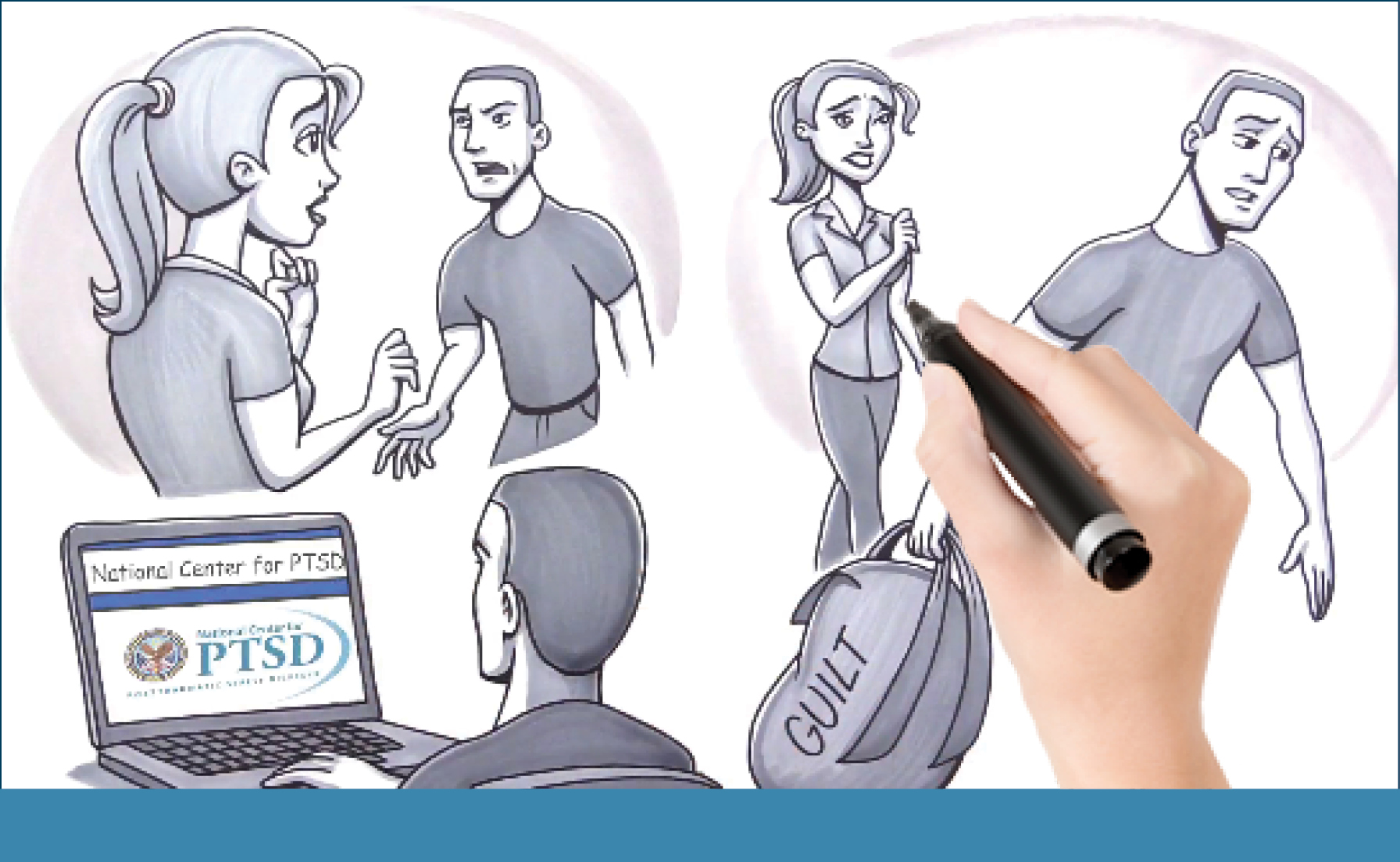PTSD: National Center for PTSD
How Common is PTSD in Children and Teens?
How Common is PTSD in Children and Teens?
Trauma can happen at any age. When children or teenagers experience trauma, they can develop PTSD. Certain types of trauma are more likely to lead to PTSD. Learn how many children and teenagers have PTSD.
Reading time: minutes
Studies show that about 15% to 43% of girls and 14% to 43% of boys go through at least one trauma. Of those children and teens who have had a trauma, 3% to 15% of girls and 1% to 6% of boys develop PTSD. Rates of PTSD are higher for certain types of trauma survivors.
What Events Cause PTSD in Children?
Children and teens could have PTSD if they have lived through an event that could have caused them or someone else to be killed or badly hurt. Such events include sexual or physical abuse or other violent crimes. Disasters such as floods, school shootings, car crashes, or fires might also cause PTSD. Other events that can cause PTSD are war, a friend's suicide, or seeing violence in the area they live.
Child protection services in the U.S. get around three million reports each year. This involves 5.5 million children. Of the reported cases, there is proof of abuse in about 30%. From these cases, we have an idea how often different types of abuse occur:
- 65% neglect
- 18% physical abuse
- 10% sexual abuse
- 7% psychological (mental) abuse
Also, three to ten million children witness family violence each year. Around 40% to 60% of those cases involve child physical abuse. (Note: It is thought that two-thirds of child abuse cases are not reported.)
What Are the Risk Factors for PTSD?
Three factors have been shown to raise the chances that children will get PTSD. These factors are:
- How severe the trauma is
- How the parents react to the trauma
- How close or far away the child is from the trauma
Children and teens that go through the most severe traumas tend to have the highest levels of PTSD symptoms. The PTSD symptoms may be less severe if the child has more family support and if the parents are less upset by the trauma. Lastly, children and teens who are farther away from the event report less distress.
Other factors can also affect PTSD. Events that involve people hurting other people, such as rape and assault, are more likely to result in PTSD than other types of traumas. Also, the more traumas a child goes through, the higher the risk of getting PTSD. Girls are more likely than boys to get PTSD. It is not clear whether a child's ethnic group may affect PTSD. Some research shows that minorities have higher levels of PTSD symptoms. Other research suggests this may be because minorities may go through more traumas.
Another question is whether a child's age at the time of the trauma has an effect on PTSD. Researchers think it may not be that the effects of trauma differ according to the child's age. Rather, it may be that PTSD looks different in children of different ages.
You May Also Be Interested In


























